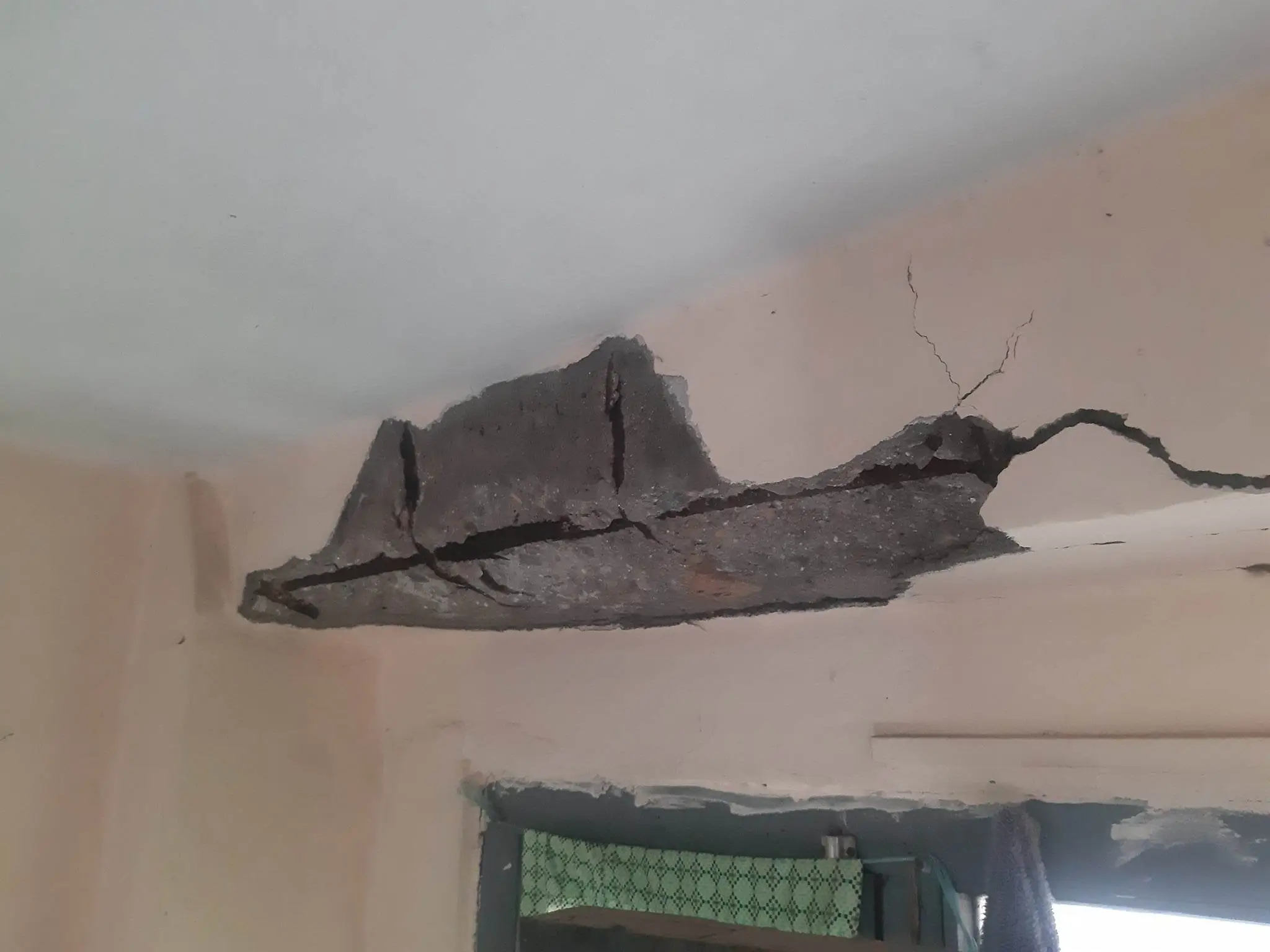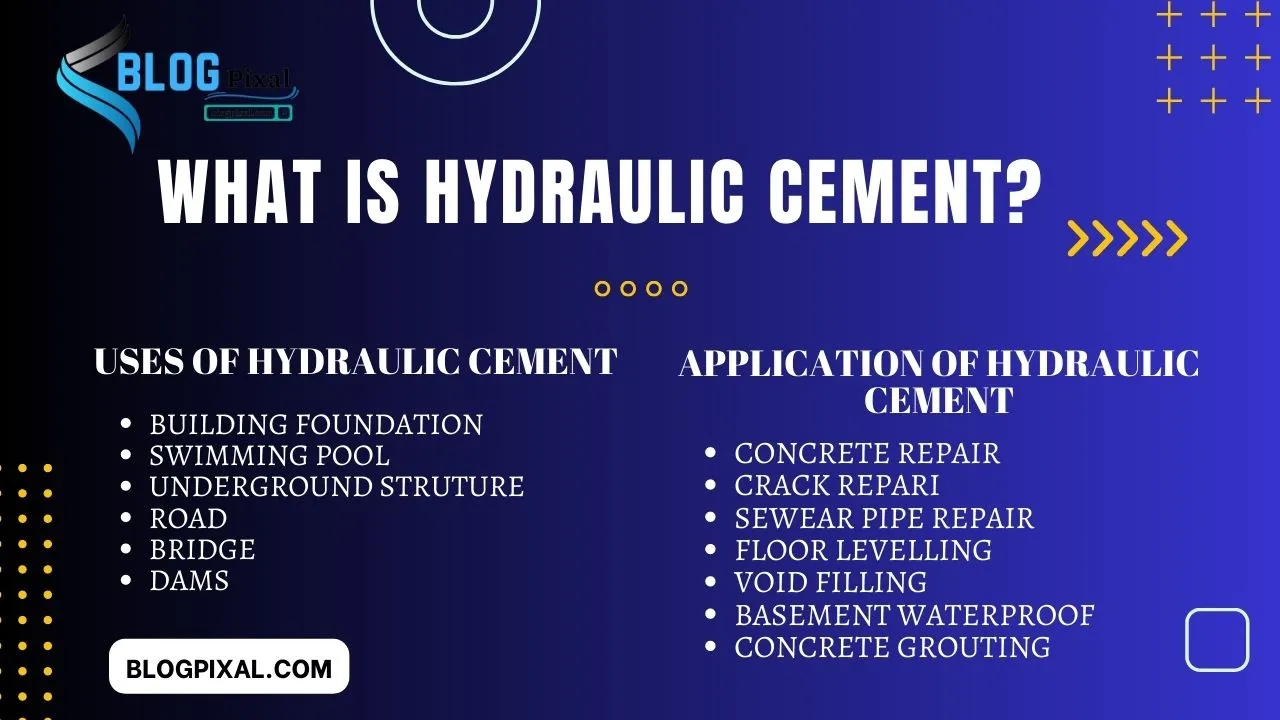Concrete is most important and useful building materials to provide durable, strength and better aesthetic looks. But concrete experience the critical phenomenon. which is spalling of concrete due to over a time.
Concrete is a widely used construction material. It is important to understand how to deal with the spalling of concrete problems. Spalling is one of the important issues faced by concrete structures.
Spalling is not only visually unsightly but also affects the durability and structure of the concrete. In this guide, we’ll cover everything you need to know about concrete spalling, including causes, effect, repairs, and maintenance.
Introduction
Spalling of concrete refers to the process of flaking or breaking the surface layer of concrete. This occurs when the outer layer, also known as the “cover,” begins to deteriorate and separate from the underlying concrete. Spalling can affect a variety of concrete structures such as buildings, bridges, roads, and parking garages.
What is Spalling?
Spalling is a condition in which small portions of the concrete surface chip or crack, resulting in exposure of the underlying concrete. This occurs when the top layer of concrete is subjected to harsh weather conditions or suffers from other environmental factors.
Concrete spalling occurs for many reasons, including environmental factors, chemical reactions, and structural problems.
Chemical attacks from substances such as acids and salts can also cause spalling.
How Does Spalling Affect Concrete Structures?
Spalling not only affects the appearance of concrete structures but also reduces their durability and strength. When the surface of concrete chips or flakes away, the underlying concrete is exposed to other environmental factors, such as water and chemical exposure, which can cause further damage and ultimately lead to structural failure of the concrete.
Causes of concrete spalling
Freeze-thaw cycle
One of the primary causes of concrete spalling is the freeze-thaw cycle.
When water enters the pores of the concrete and also freezes, it expands, putting pressure on the girding concrete.
Expansion and contraction due to freezing and thawing cycles can cause cracking and spalling of the concrete surface.
Chemical Attack
Environmental chemicals such as acids, salts and deicing agents can react with concrete and cause spalling.
These chemicals can penetrate the pores of the concrete, corrode the reinforcing steel, and weaken the concrete matrix, leading to deterioration and dissolution of the surface layer.
Alkali-silica reaction
Alkali-silica reaction occurs when certain types of reactive aggregates in concrete react with alkalis present in cement.
This reaction produces a gel-like substance that expands on exposure to moisture.
The expansion creates internal pressure, which leads to cracking and spalling of the concrete surface.
Corrosion of reinforcement
If the reinforcing steel inside the concrete is exposed to moisture and oxygen, it can corrode.
As steel rusts, it expands, putting pressure on the surrounding concrete.
This can lead to cracking and spalling of the concrete cover, exposing the reinforcement to further corrosion and weakening the structure.
Signs of concrete spalling
It is important to recognize the signs of solid spelling to address the problem immediately. Followings are Some common signs:
- Flaking or peeling of the concrete surface
- Cracks or breaks in the concrete cover
- Rust stains on concrete
- Appearance of discoloration or scarring
- Hollow sounds when tapping on a concrete surface

Spalling of Concrete
Effect of concrete spalling
Concrete spalling can have many adverse effects, both structurally and aesthetically. Following are effect of spalling of concrete mentioned details:
Structural Damage
Concrete spalling undermines the structural integrity of a building or structure. It is expose the reinforcements steel and corrosion. This can weaken the structure, reduce its load-carrying capacity and compromise its overall stability.
Aesthetics and Safety Concerns
Spalled concrete not only looks unsightly but also poses safety hazards. Falling concrete debris can be a potential hazard to people and passing vehicles.
In addition, spalled surfaces are more susceptible to further deterioration, leading to increased maintenance and repair costs.
Increased maintenance costs
When spalling occurs, more repairs and maintenance are required to rehabilitate the affected areas. This increases the overall maintenance cost for the structure.
Accelerated Deterioration
Concrete spalling acts as a catalyst for further deterioration. Once the protective coating is compromised, moisture, chemicals and other harmful substances can easily penetrate the concrete, accelerating the deterioration process.
Preventive measures for concrete spalling
Followings are the some important preventive measure for concrete spalling. Please follow the points to secure your structure :
Proper mix design
Using a well-designed concrete mix with proper proportions of aggregates, cement and water can increase the concrete’s durability and resistance to spalling.
Adequate Curing
Proper curing is essential to allow concrete to gain sufficient strength and develop resistance to environmental factors. Adequate moisture and temperature control during the curing process reduces the risk of premature drying and shrinkage, which can lead to spalling.
Waterproofing
Applying a waterproofing membrane or coating to the concrete surface forms a protective barrier, preventing water penetration. It protects concrete from the damaging effects of freeze-thaw cycles and chemical attack.
Surface Sealers
Using surface sealers or coatings can create an additional protective layer on the concrete surface, reducing moisture penetration and chemical attack.
Routine Maintenance
Regular inspection and maintenance is important to identify early signs of spalling. Prompt repairs and maintenance, such as addressing cracks or applying protective coatings, can prevent further deterioration and extend the life of a concrete structure.
How to Repair concrete spalling?
When concrete spalling occurs, timely repairs are required to restore the structural integrity and aesthetics of the affected surfaces. Repair methods may vary depending on the amount of damage. Some common repair techniques include:
Surface Patching
For minor spalling, surface patching is often sufficient. This includes removing loose or damaged concrete and applying a suitable repair mortar or coating to restore the appearance and protect the underlying concrete.
Treatment Process
- Remove loose or damaged concrete using suitable tools such as chisels or grinders.
- Clean the area to be patched by removing any debris, dust, or loose particles.
- Moisten the surface with water to create a moist substrate, which improves adhesion.
- Prepare a suitable repair mortar mix according to the manufacturer’s instructions.
- Apply the repair mortar to the damaged area using a trowel, ensuring even coverage and smoothing the surface.
- Compact the mortar using tamping or a concrete float to ensure proper bonding with the existing concrete.
- Allow the patch to cure according to the recommended time provided by the manufacturer.
- After treatment, check the patched area for any flaws or unevenness.
- If necessary, use a grinder or sandpaper to smooth and level the patched surface.
- Clean the area to remove any dust or debris generated during the patching process.
- Apply a suitable concrete sealer or coating to protect the repaired area and increase its durability.
- Follow the manufacturer’s instructions for sealer or coating application and allow adequate drying or curing time.
- Regularly inspect the patched area to monitor its condition and promptly address any signs of further deterioration.
Epoxy Injection
Epoxy injection is used to repair cracks and fill voids in concrete. It involves injecting epoxy resin into cracks or voids, which strengthens the affected areas and prevents further spalling.
Process of Epoxy Injection
- Prepare the damaged area by thoroughly cleaning it, removing loose concrete and ensuring a clean and sound substrate.
- Evaluate cracks or voids to determine appropriate epoxy injection technique.
- Seal cracks or voids with epoxy adhesive or glue to prevent epoxy from escaping during the injection process.
- Install injection ports along the length of the crack or at regular intervals for larger voids.
- Apply epoxy resin to the injection ports using a special injection pump or cartridge gun.
- Begin injecting the epoxy resin slowly and steadily, moving from the lowest injection port to the highest, to ensure proper filling of cracks or voids.
- Continue injection until the epoxy resin completely fills the cracks or exits the adjacent ports.
- Monitor the injection process to prevent over pressurization, which can cause further damage.
- Allow the epoxy resin to cure according to the manufacturer’s instructions, ensuring enough time for it to harden and bond with the surrounding concrete.
- After the epoxy has fully cured, remove the injection ports and seal the repaired area if necessary.
Resurfacing
In cases where there is significant spalling, concrete resurfacing is an effective solution. This process applies a new layer of concrete or a polymer-modified overlay to create a fresh and durable surface.
Process of Resurfacing
- Prepare the surface by cleaning it thoroughly, removing any loose or damaged concrete, dirt, or debris.
- Assess the extent of spalling and determine the thickness of new concrete overlay required.
- Apply a bonding agent or primer to the prepared surface to improve adhesion between the existing concrete and the overlay.
- Mix the concrete overlay material according to the manufacturer’s instructions, ensuring the proper water-mix ratio.
- Apply the concrete overlay evenly using a trowel or suitable application method, making sure it covers the entire spall area.
- Use a float or trowel to smooth and level the surface of the overlay, making sure it matches the surrounding concrete.
- Allow the overlay to cure and gain sufficient strength according to the manufacturer’s instructions.
- If desired, apply a surface sealer or coating to provide additional protection and enhance the appearance of the repaired area.
- Inspect the repaired surface regularly and perform necessary maintenance to prevent future spalling and ensure its longevity.
Reinforcement Corrosion Treatment
If spelled reinforcement corrosion is the cause, the underlying issue needs to be addressed. This may include removing deteriorated concrete, treating corroded reinforcement using corrosion inhibitors or protective coatings, and then repairing the concrete surface.
Process of Reinforcement corrosion Treatment
- Remove deteriorated concrete around corroded reinforcement.
- Clean the reinforcement surface to remove any loose rust, dirt, or contaminants.
- Apply a corrosion inhibitor or protective coating to the cleaned reinforcement to prevent further corrosion.
- Repair the concrete surface by filling the voids with a suitable repair mortar or epoxy.
- Ensure proper bonding between the repaired concrete and the existing structure.
- Repair material to cure according to the manufacturer’s instructions.
- Apply a protective coating or sealer to the repaired area for added durability and resistance to future corrosion.
- Inspect and repair the treated area regularly to identify any signs of recurrent erosion or spalling.
Professional Consultation
For extensive or complex spelling, it is advisable to seek professional assistance. A concrete repair specialist or structural engineer can assess the damage, determine the appropriate repair method, and ensure that the repair complies with safety and structural requirements.
Conclusion
Concrete spalling is a common problem that can affect the durability, aesthetics and safety of concrete structures. By understanding the causes, effects, and preventive measures, it is possible to reduce the risk of concrete spalling. Regular maintenance, proper mix design, adequate curing, and timely maintenance play an important role in preventing and addressing concrete spalling.
FAQs
Can concrete spalling be completely prevented?
Concrete spalling can be significantly reduced by adopting preventive measures such as proper mix design, adequate curing and regular maintenance. However, it cannot be completely prevented due to various external factors.
How can I detect concrete spalling in my building?
Look for signs such as flaking, peeling, cracks, rust spots, and hollow sounds when tapping on the concrete surface. If you notice any of these signs, it is advisable to consult a professional for further evaluation.
Can I repair concrete spalling myself?
Minor spalling can be addressed with surface patching using appropriate repair materials. However, cases involving significant spalling or structural damage should be handled by experienced professionals.
How long does it take to repair concrete for spalling?
The duration of concrete repair for spalling depends on the amount of damage, the repair method chosen, and the curing time. This can be from a few hours to several days or weeks.
What are the long-term benefits of preventing concrete spalling?
Preventing concrete spalling not only increases the life of the structure but also reduces maintenance and repair costs in the long run. It ensures the safety, aesthetics and functionality of concrete surfaces.










